Conference / Cycling / Cycling infrastructure / EuroVelo
Between Legacy and Localhood: How Recreational Cycling Can Create Value for Local Communities
At the end of September, Mobility Advisor Anna Tailliez presented at the 7th edition of the EuroVelo & Cycling Tourism Conference, hosted by the Municipality of Viborg in Denmark. This blog reflects on her takeaways and highlights solutions for further developing cycling tourism.
Viborg is a city with 40.000 inhabitants and is renowned for a history spanning more than 1500 years, linked to the Vikings and the Danish Kingdom. On top of that, Viborg is one of the lucky European cities crossed by a EuroVelo route: the long-distance cycling tourism routes that connect European countries. Suppose the public interest and benefits of recreational cycling are becoming less questionable; there is still quite a way to secure funds to develop strategies, implement networks, and promote local opportunities.
This year’s conference theme, “Legacy & Localhood,” especially highlighted the intertwining and need for working at both big and small scales when it comes to recreational and touristic cycling.
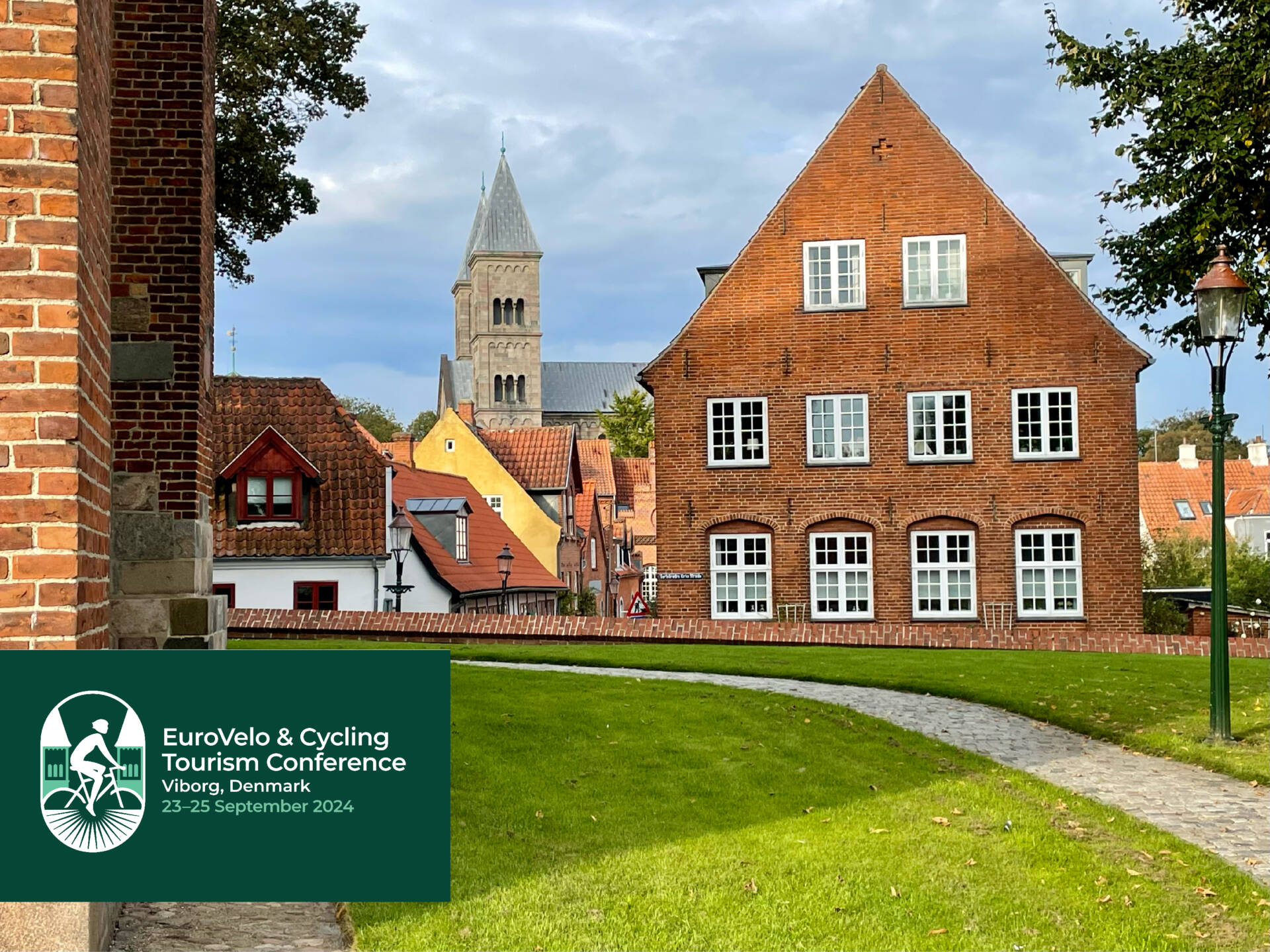
On the one hand, the relatively small size of the host city compared to Izmir in 2023 echoed the fact that recreational cycling is not only a matter of month-long travels through capital cities and across continents. Instead, it promotes local recreational networks like the Dutch fietsknoopuntensysteem, a gravel bike network in Finland, and the Danish Haervejen cycling and hiking route. Collecting local data is essential to provide users with a reliable basis of cyclist-friendly services along the way.
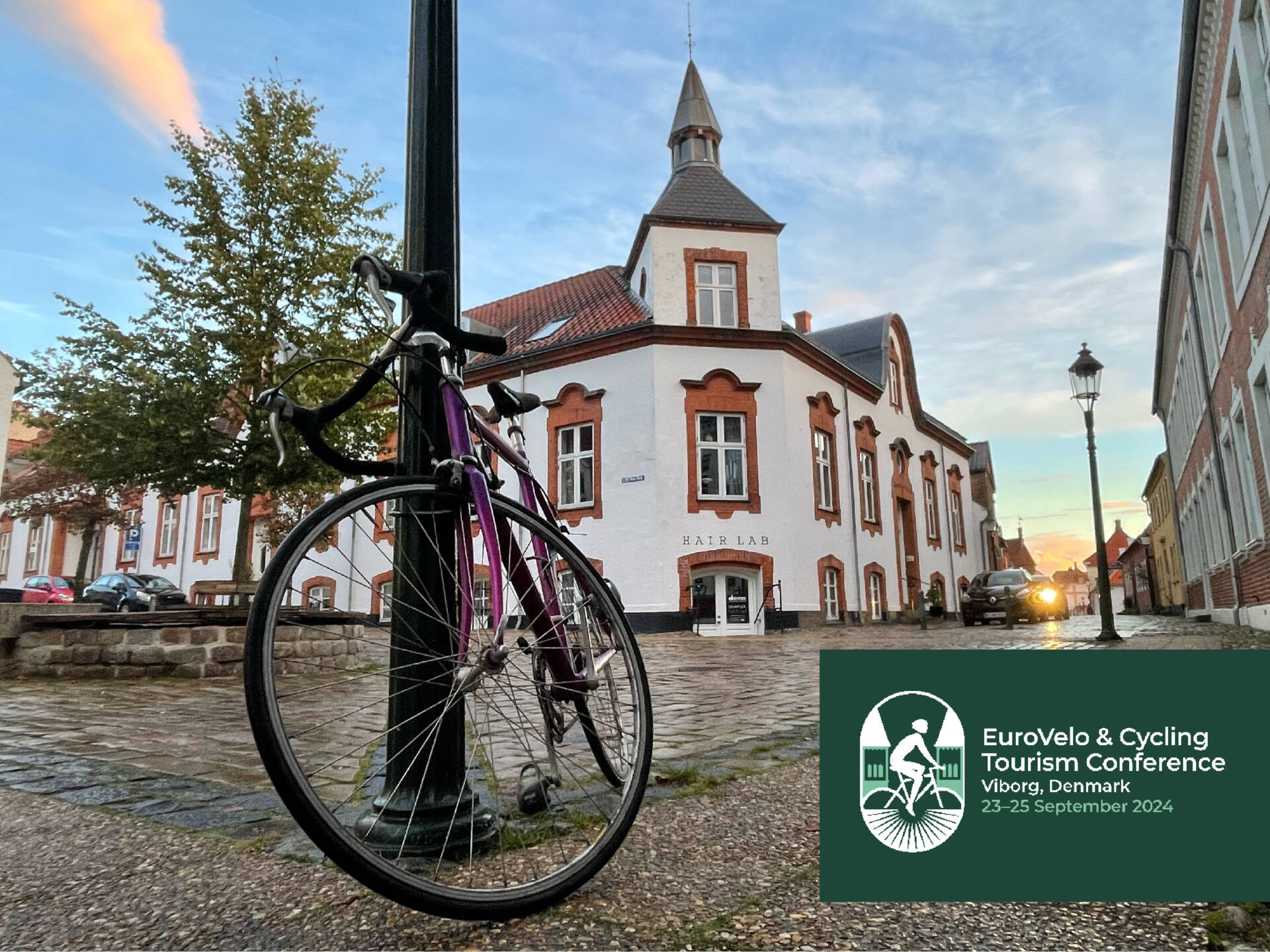
On the other hand, Copenhagen hosting the Grand Départ du Tour de France in 2022 showed how big international events related to cycling as a sport can encourage local authorities to set goals to support the development of the cycling modal share. In that case, the “greatest cycling race in the world” combined with the “best cycling city in the world” incentivized Copenhagen to invest more in its cycling policy to align with such an ambition. This has resulted in a commitment to more than 20% daily cycling in Denmark by 2030.
A similar success story can now be told about the heritage of the Paris Olympic Games in terms of new cycling paths (+400 km) and parking facilities developed for the occasion.
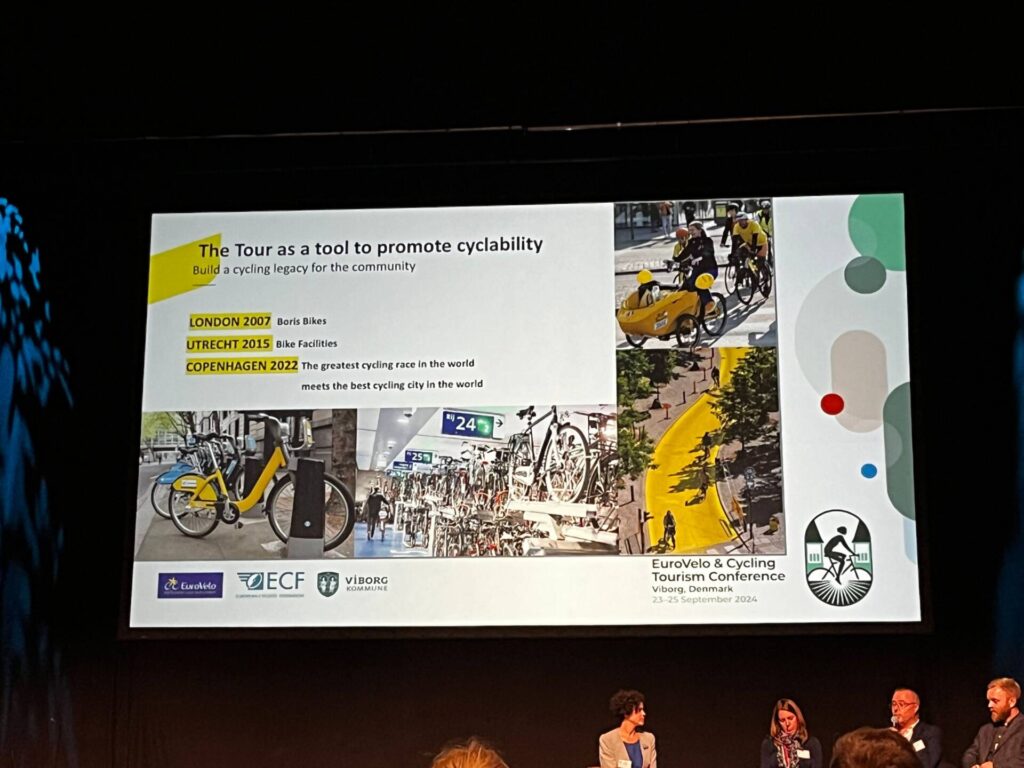
Acknowledged by the EU institutions as a “key enabler of sustainable tourism” in the European Declaration on Cycling (adopted in April 2024), cycling mobility is not seen anymore, only as a catalyst for change in our daily mobility patterns and reduction of associated greenhouse gas. Instead, cycling is seen as a valuable input in a sustainable economic model and a way to strengthen connection with the local culture and environment. The Declaration can be seen as the new reference document supporting a standard momentum across Europe to develop cycling policies at various levels, accompanied by harmonized practice regarding cycling mobility data collection (e.g., the “EuroVelo Data Hub” from ECF) and infrastructure quality standards.
In the meantime, cycling tourism is already on the rise! According to the EuroVelo Barometer (EuroVelo Usage Monitoring Report 2024), the touristic cycling practice on the European network has increased by 10% since 2019. France has just adopted a strategy dedicated to bicycle tourism to become the world cycling destination in 2030. On the other hand, star cycling EU destinations, Italy, France, and Germany (State of the Cycling Tour Operators Industry 2024), are competing for the yellow jersey. Additionally, new destinations are emerging, such as Hungary, which recently released its national cycling strategy.
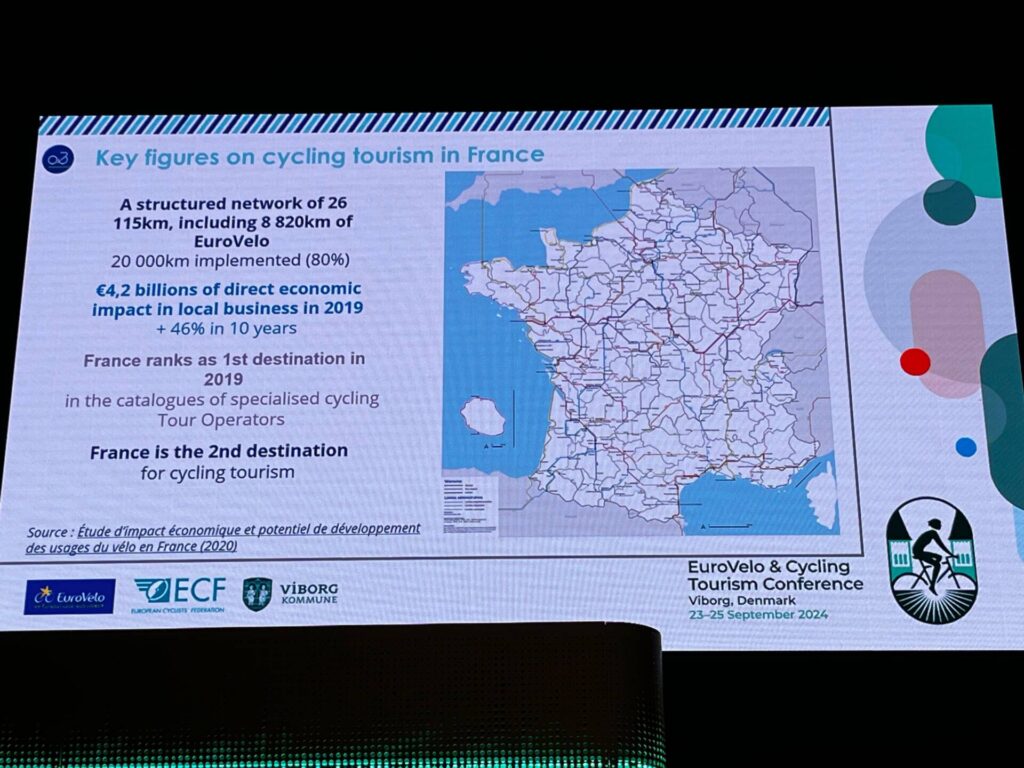
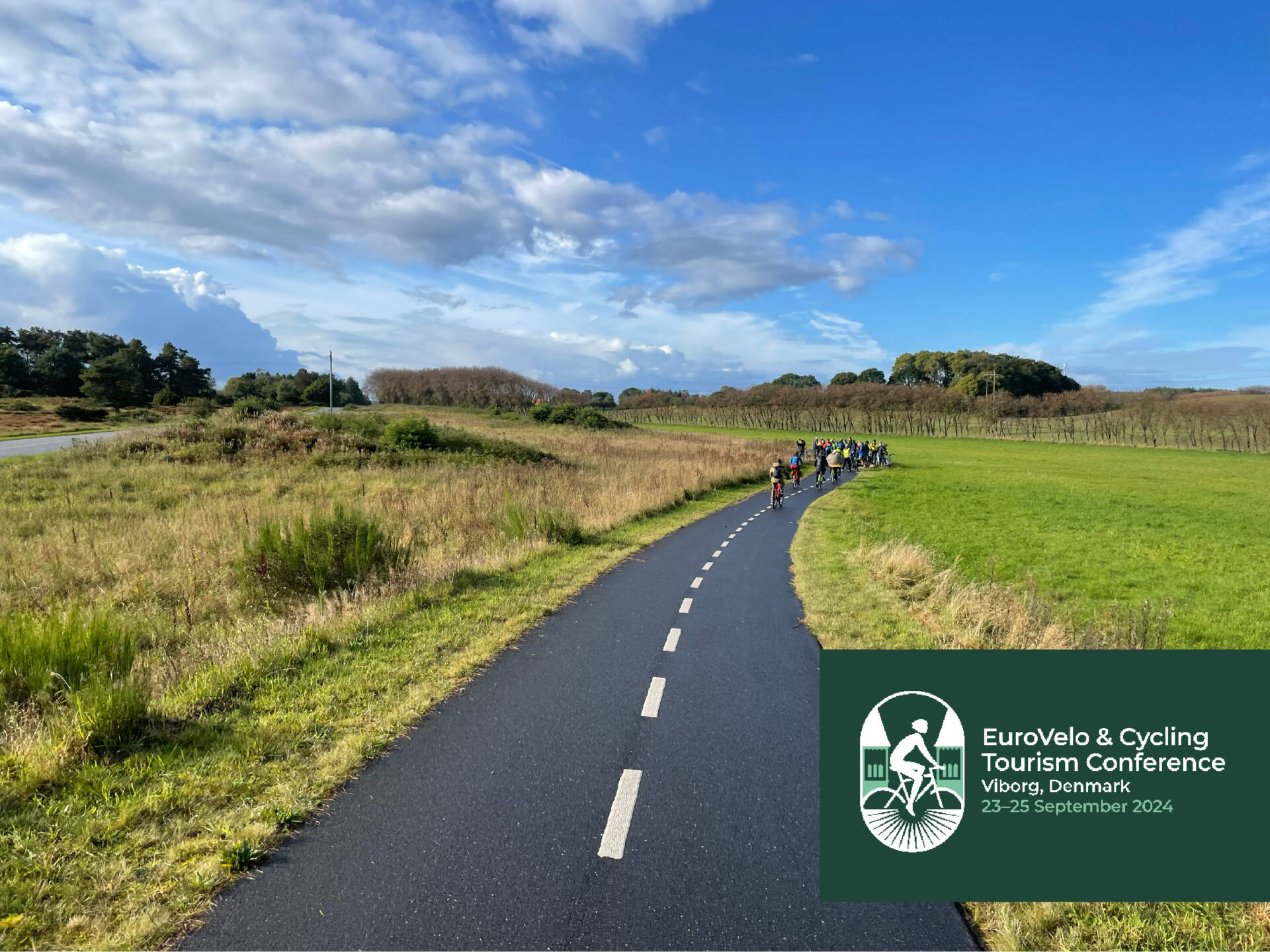
When looking at solutions for the future of cycling tourism in Europe, let’s recall some that were mentioned in Viborg:
- Continue studying and convincing key stakeholders of the socio-economic benefits of (recreational) cycling to secure funds and move forward with strategic & implementation projects.
- Explore qualitative data to understand the local contexts and users’ habits. Use proprietary tools while helping expand an open-source data ecosystem. Value the knowledge of cycling tour operators.
- Adapt existing analysis tools to a territory’s specificities to get a better overview of the local context. For example, the Norwegian Public Road Administration adapted the European Certification Standard Methodology (developed by ECF to assess the development status of EuroVelo routes) to include the assessment of the numerous sections going through the Norwegian tunnels.
- Develop more national/regional recreational cycling node networks inspired by the successful Dutch fietsknooppuntennetwerk model, which supports a sustainable economy based on low-carbon mobility.
- Continue to dream big and communicate about success stories to inspire people. For instance, the EuroVelo network was initiated in the nineties by a group of pioneers, among which Jens Erik, who was in Viborg to tell the historical process leading to the design and implementation of the EuroVelo network that we can enjoy today.
Would you like to develop a cycle node network or a cycling strategy covering the needs of both daily and recreational cyclists? Don’t hesitate to reach out to learn more about our services and references.


 ">
">